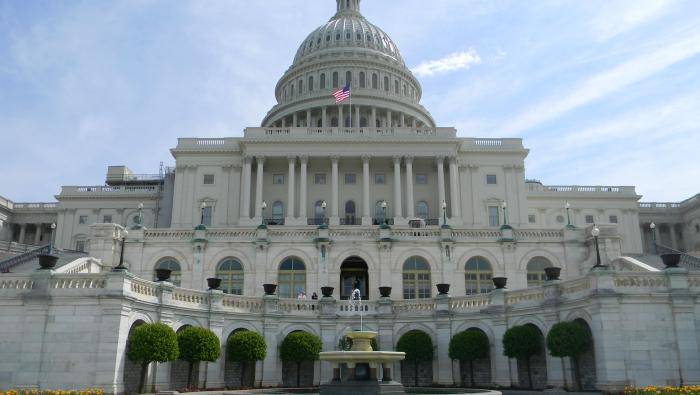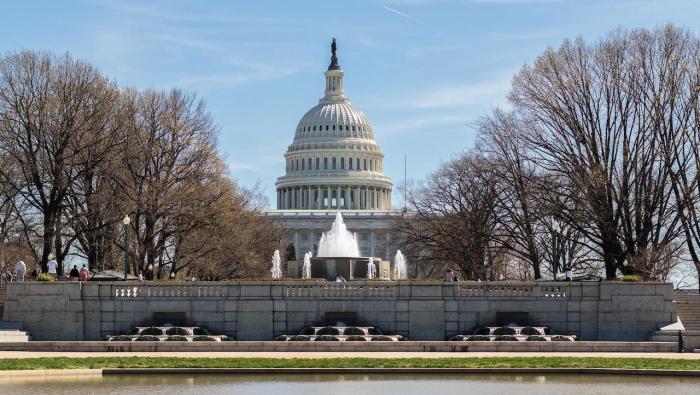In an update to its Privacy ICAO Address (PIA) program, the FAA has enabled CPDLC, exempted PIA-associated aircraft info from Freedom of Information Act requests, and changed the new request interval to 20 days. The FAA created the PIA program to help aircraft operators who prefer not to broadcast identifying information along with their ADS-B Out position information, via transmission of the aircraft’s unique ICAO address.
While PIA doesn’t prevent tracking of an aircraft’s position, it does limit “the extent to which the aircraft can be quickly and easily identified by non-U.S. government entities, while ensuring there is no adverse effect on air traffic control (ATC) services,” according to the FAA.
PIA participants must use a third-party call sign, which is available from a third-party call sign provider that has a security agreement with the FAA. With this call sign, operators can maintain privacy when communicating with the FAA and the FAA can still identify the aircraft and operator in response to a request from the Department of Defense, Department of Homeland Security, or local law enforcement.
To use the service, operators must input “the PIA and third-party call sign in avionics exactly as filed in the ICAO flight plan,” according to the FAA. “The aircraft operator will not be permitted to change the PIA or the third-party call sign in-flight.”
The controller-pilot datalink communications (CPDLC) capability now allows PIA participants to receive CPDLC services when participating in the PIA program. PIA is only available to U.S.-registered aircraft with 1090-MHz ADS-B Out flying in U.S.-managed flight information regions, and the third-party call sign is required.






